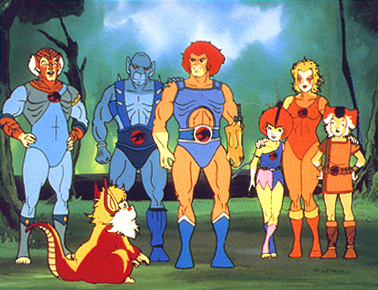Why Christians are Closed-Minded
 “Knowledge is Evil, they both grew on the same tree” – Roland Barthes
“Knowledge is Evil, they both grew on the same tree” – Roland BarthesAs far as openings go, the Bible takes the cake. After babbling on about seven days it introduces us to Adam and Eve, a lovely naked couple that spent their days frolicking in the Garden of Eden. The garden was a paradise stocked with more food and talking animals than the entire Disney catalogue.
There was only one catch. Adam and Eve were forbidden from eating the fruit of the apple tree. Apparently God wasn’t such a fan of the old saying, “an apple a day keeps the doctor away.” Then one day a serpent (or a penis if you’re a Freudian) came along and tempted Eve to try the apple.
We all know what happens next: Eve convinces Adam to partake in the orgy and bite into that luscious apple. Then the two of them have second thoughts about being nudists and model leaf attire. God returns, and most likely upset that there is no longer nudity in the Garden of Eden, banishes the two delinquents for disobeying him.
Yes, it’s a simple tale but at the same time a very complex one. There are many negative lessons that can be learned from it, such as racism (think fat inbred KKK members) and sexism (think Jacob Zuma). But the most important discovery to be made within the mythology of the tale is the answer to that age-old question, “Why the hell are Christians so closed-minded?” Note, before filling this post with hateful comments this article is mainly aimed at fanatical Christians.
The answer, “Christians are closed-minded because that’s what their religion teaches them.” Adam and Eve were not forbidden from eating from the tree of murder, or the tree of lust, anger, malice, child molestation, smoking, carbohydrates. No they were forbidden to eat from the tree of knowledge. From day one the rules are spelt out, if you want to be with God you must be ignorant. You must be unquestioning. And you must be naked (metaphorically).
If you choose to disregard this you will be banished forever. Christians are closed-minded because that is the 1st lesson the book offers. Yes, I’m sure later on the Bible contradicts itself and says knowledge is important, but the point is, in a world were people often stop reading after a couple of pages, the Bibles first lesson is that knowledge is evil. Read It...




























